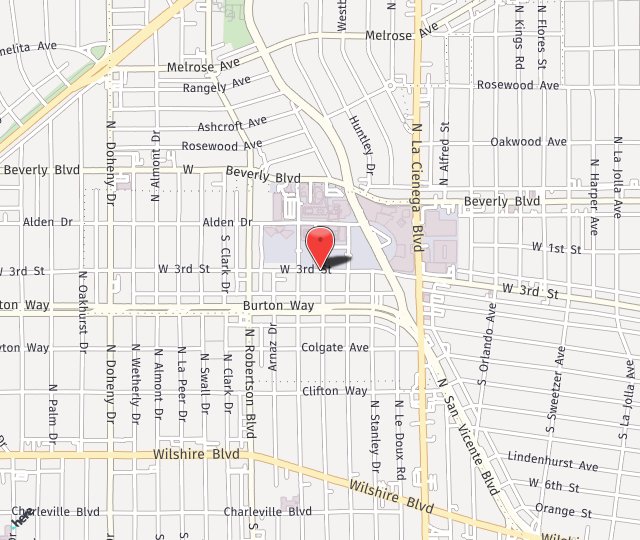Nerve Grafts
- Posted on: Mar 15 2019

This blog is about a nerve graft, one of the procedures performed by Dr. Seruta of the Los Angeles Nerve Institute.
What is a nerve graft?
Just as in a tissue graft, a donor nerve taken from another area is used to bridge the gap to repair the nerve. Once the graft is in place, it allows nerve impulses to again travel across the injured portion of the nerve.
When is a nerve graft used?
If the nerve is severed Dr. Seruta may be able to surgically reconnect it, realigning the bundles of nerve fibers inside. But often the nerve ends cannot be rejoined, unless under tension. In this case, a nerve graft will create a better repair. This can be due to scar tissue, known as neuroma, which has formed at the severed ends of the nerve. When the neuroma is cut away, there is a gap that needs to be filled with a nerve graft.
How is a nerve graft performed?
In a nerve graft, Dr. Seruta first needs to harvest the sensory nerve. This is usually taken from a non-critical area of the body, such as the back of the calf, the front of the forearm, or the back of the wrist. Dr. Seruta will usually cut the graft into multiple strands that are stacked on top of each other. This is called a cable graft and is necessary to match the size of the free nerve ends. This method usually creates better postoperative outcomes than a single thicker section of nerve graft.
What can you expect after a nerve graft?
To help the nerve graft heal, joints near the graft will likely need to be splinted for approximately three weeks after your surgery. This minimizes any tension on the repaired nerve. The repaired nerve will regrow at about 1mm per day. Occupational therapists will be involved and they will use electrical stimulation to help the nerve turn back on. You’ll have physical therapy to maintain flexibility and strength during your recovery. In the spot where the donor nerve was taken, you will have numbness. The muscle served by the repaired nerve can take from six months to a year to regain feeling.
Call Dr. Seruya at (310) 423-2129 to schedule a consultation or with any questions you may have about potential nerve damage.
Posted in: Nerve Graft

